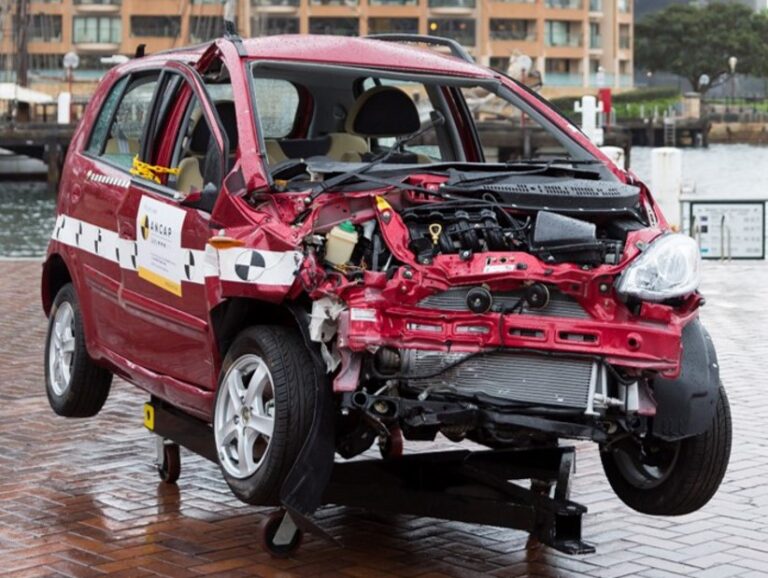Driver safety is an ongoing challenge for Australian road users. Unfortunately, this issue is only getting worse. More than 1,290 people died on our roads last year, marking the nation’s second spike in road deaths in recent years, according to the Department of Infrastructure and Regional Development.
With fatalities this high, it’s clear that driver safety needs to be the top priority for any businesses operating a fleet of vehicles. This is especially true with Fatality Free Friday taking place on Friday 26 May, urging Australian drivers to pledge their support for safer driving behaviour.
But responsibility doesn’t sit solely with the driver. The Work Health and Safety Act makes it clear that businesses must proactively manage the safety of each driver, whether they’re on site or out on the road.
With this in mind, let’s take a look at how a fleet manager can take advantage of near real-time data to be proactive about reducing fatalities on the road:
- Improving driver behaviour
Just two of the 53 Fridays in 2016 were fatality free. This isn’t acceptable. Encouraging drivers to maintain a high calibre of driving style at all times is a critical step in reducing this alarming statistic. GPS tracking technology allows you to do just that. Near real-time access to data on how individual drivers are behaving on the road provides visibility into who is driving too fast, braking harshly or taking corners too hard. The software sends configurable alerts back-to-base when safety thresholds are crossed. With the ability to take quick action, you can target repeat offenders to curb unsafe driving habits, before they lead to more serious incidents.
Such was the case for Aussiemove. The leading removal company was challenged with eliminating harsh driving across its fleet of trucks. After implementing Fleetmatics, tangible driving KPIs and healthy competition amongst employees has reduced wear and tear on vehicles and helped eliminate traffic infringements.
- Monitoring driver location
Driving always involves a level of risk. For a driver travelling to a remote job site with no cellular coverage, or on a long journey through unstable landscapes, the risks are amplified. People in rural areas are significantly over-represented in the number of fatalities on Australian roads. Although more than two-thirds of Australia’s population live in major cities, more than half of road fatalities occur on rural and remote roads. This is according to research from the Royal Flying Doctor Service.
A comprehensive vehicle tracking solution should include a panic button feature. The driver can alert head office of their precise location in the event of an emergency. This puts help on the way instantly and is likely to get the driver out of a dangerous situation, faster.
- Maintaining each and every vehicle
The vehicle is the tool of your driver, and it needs to be in good shape in order to keep your driver safe and productive. Failing to carry out timely maintenance will likely result in vehicle breakdowns, putting your driver at increased risk of incident.
A vehicle tracking system uses data on time, engine use or mileage, to provide scheduling alerts. This helps you stay on top of preventative maintenance and reduce the risk of vehicle faults. For example, Aussiemove uses Fleetmatics to run monthly maintenance reports, calculating the date, mileage and the hours of use. This ensures the company knows when each vehicle is due for maintenance.
As Fatality Free Friday fast approaches, now is the time to ensure you’re doing your part to promote safer driving behaviour. Despite the target to have zero deaths on Australian roads for just one day, a sharpened focus on safety can lead to a longer term, positive impact on driver behaviour. Let’s help make it happen.







